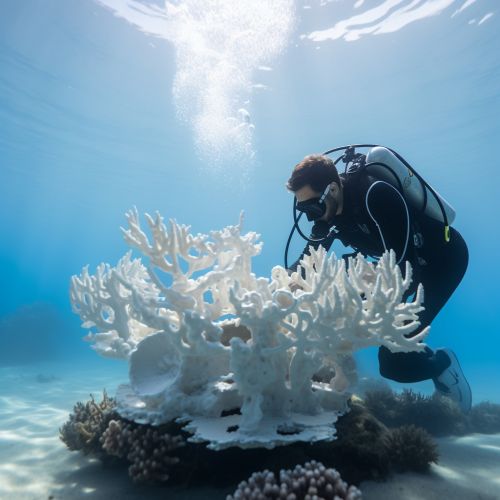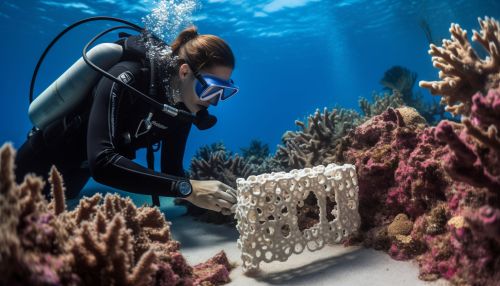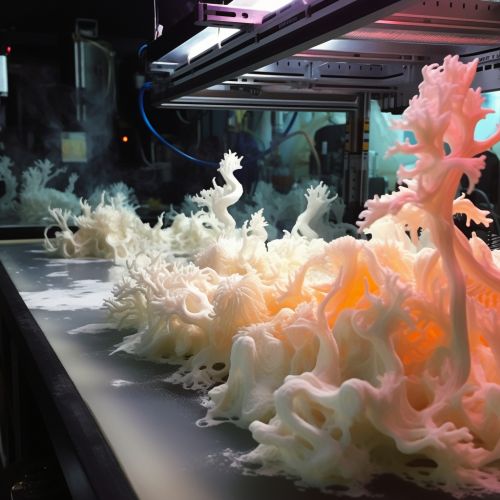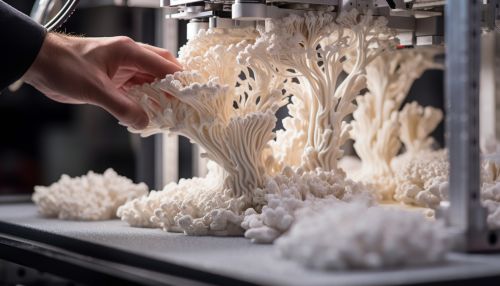3D Printing in Coral Restoration
Introduction
Three-dimensional (3D) printing is a transformative technology that has found applications in various fields, including the restoration of coral reefs. This article delves into the role of 3D printing in coral restoration, discussing the process, benefits, challenges, and future prospects.


The Coral Reef Ecosystem
Coral reefs are diverse underwater ecosystems that are home to a variety of marine species. They are often referred to as the "rainforests of the sea" due to their high biodiversity. Unfortunately, these ecosystems are under threat from various factors such as climate change, pollution, and destructive fishing practices. Coral restoration efforts are therefore crucial to preserving these ecosystems and the species that depend on them.
The Need for Coral Restoration
Coral reefs are facing unprecedented levels of degradation due to human activities and natural disasters. This degradation has severe implications for marine biodiversity, coastal protection, and human livelihoods. Coral restoration is a proactive approach to mitigate these effects and restore the health and diversity of these ecosystems.
3D Printing and Coral Restoration
3D printing, also known as additive manufacturing, is a process where a three-dimensional object is created from a digital model by depositing successive layers of material. In the context of coral restoration, 3D printing is used to create artificial coral reefs that mimic the structure and function of natural reefs.
The Process
The process of using 3D printing in coral restoration involves several steps. First, a digital model of a coral reef is created using computer-aided design (CAD) software. This model is based on the structure of a natural reef and is designed to provide the same ecological functions. The model is then printed using a 3D printer and a suitable material, typically a type of ceramic that is safe for marine environments. The printed reef is then placed underwater, where it provides a substrate for coral larvae to attach and grow.


Benefits
3D printed coral reefs offer several benefits over traditional coral restoration methods. They can be produced quickly and in large quantities, allowing for rapid deployment in degraded reef areas. The use of digital models allows for precise control over the structure of the reef, enabling the creation of complex structures that closely mimic natural reefs. Additionally, 3D printed reefs are durable and can withstand harsh marine conditions.
Challenges
Despite the potential benefits, there are also challenges associated with the use of 3D printing in coral restoration. The technology is relatively new and there is still much to learn about its long-term effectiveness and impact on marine ecosystems. There are also concerns about the cost of 3D printing and the availability of suitable materials. Furthermore, while 3D printed reefs can provide a substrate for coral growth, they cannot address the underlying causes of coral reef degradation, such as climate change and pollution.
Future Prospects
The use of 3D printing in coral restoration is a promising field with significant potential for future development. As the technology advances and becomes more accessible, it is likely that its use in coral restoration will increase. There is also potential for further research into the design of 3D printed reefs and the materials used, to optimize their effectiveness and sustainability.
